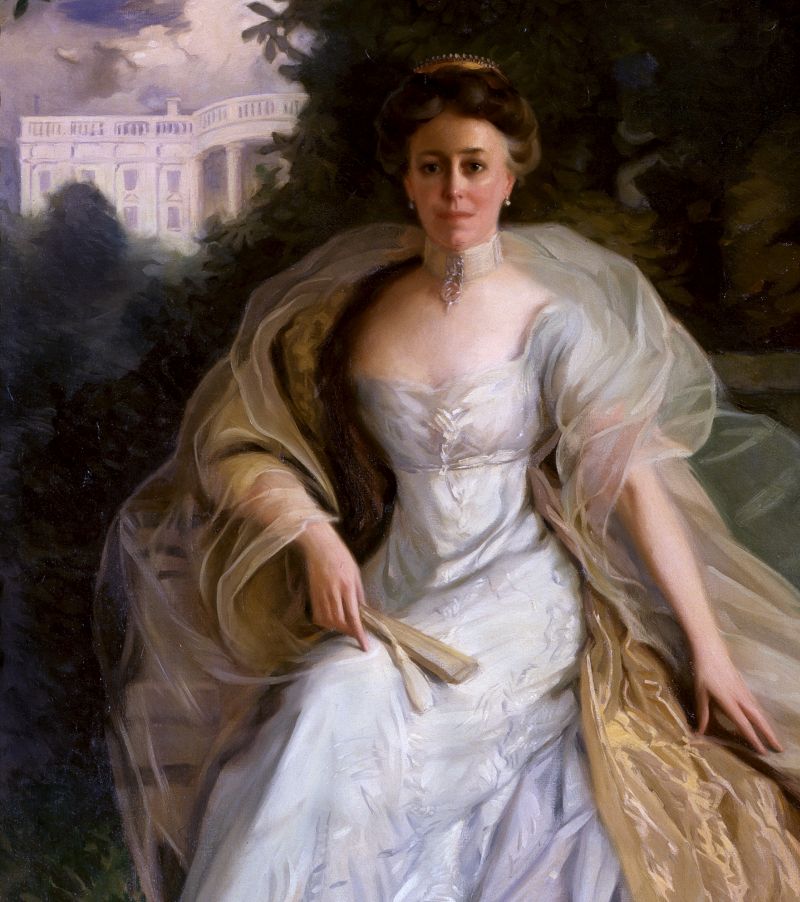Authors:
Historic Era: Era 7: The Emergence of Modern America (1890-1930)
Historic Theme:
Subject:
Winter 2019 | Volume 64, Issue 1


Authors:
Historic Era: Era 7: The Emergence of Modern America (1890-1930)
Historic Theme:
Subject:
Winter 2019 | Volume 64, Issue 1
Jeffrey Rosen is a historian, law professor, and President and CEO of the National Constitution Center in Philadelphia. His most recent book is William Howard Taft (Times Books), from which this essay is adapted. –The Editors

In 1905, as secretary of war, William Howard Taft set out on a diplomatic mission to the Far East. Stopping off at the Imperial Palace in Tokyo, Taft received from the empress of Japan an elaborate tapestry for his wife, Nellie, a copy from the Gobelin original, showing the meeting of Columbus and Isabella. When Taft brought the gift home, Nellie protested that it was too large to be of use. “Oh well, never mind,” Taft declared. “I’m going to present it to the Smithsonian Institute anyway, because you know, my dear, it is against the Constitution for an official in the United States government to accept any kind of favours from foreign courts.” Nellie had often “met the Constitution face to face,” she recalled, but had previously accepted “its decrees with what I had hoped was patriotic resignation.”
This time, however, Mrs. Taft changed her mind, deciding she wanted to keep the tapestry after all. Nellie then tried to persuade her husband, a former judge, that she was not an official of the United States government and therefore was not bound by the foreign emoluments clause of the Constitution. Taft “stood firmly by the Constitution, as usual,” Nellie recalled with bemused exasperation, “and eventually I had to submit the question for arbitration to President Roosevelt, who agreed with me that I was a private citizen and had a perfect right to accept the gift.” After Taft became president, she hung the tapestry in the state dining room of the White House, where she took pleasure in watching guests attempt in vain to decipher its meaning.
Nellie Taft’s verdict about her husband’s judicial scruples — “he stood firmly by the Constitution, as usual” — serves as a fitting epitaph for his entire career. William Howard Taft, the only president who went on to serve as chief justice of the United States, devoted his leadership of the executive and judicial branches to defending the U.S. Constitution above all. Earlier in his career, Taft had served as solicitor general in the U.S. Department of Justice, representing the United States before the Supreme Court. The experience quickened his judicial ambitions. His next appointment was to the U.S. Court of Appeals for the Sixth Circuit, which he found a kind of heaven; after eight years, President William McKinley persuaded